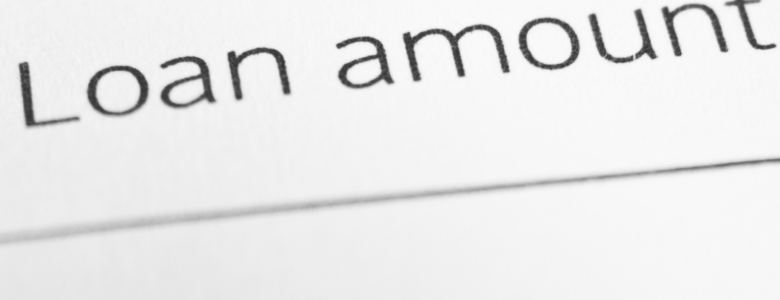Reverse mortgages have emerged as a financial lifeline for seniors, offering a way to leverage home equity. Understanding how the loan amount is calculated is essential when considering this option. In this article, we’ll dive into the factors that influence the loan amount in a reverse mortgage.
Factors that Shape the Loan Amount
- Age of the Borrower: One of the primary factors affecting the loan amount is the age of the borrower. Generally, the older the borrower, the higher the potential loan amount. This is because older borrowers are likely to have a higher life expectancy, which means the lender can defer repayment for a longer period.
- Home Value: The appraised value of the home plays a significant role in determining the loan amount. Lenders typically consider the lower of the appraised value or the FHA’s maximum lending limit.
- Interest Rates: The prevailing interest rates also have an impact. Lower interest rates can allow borrowers to access a larger loan amount due to reduced projected interest costs over time.
- Type of Reverse Mortgage: There are different types of reverse mortgages, such as Home Equity Conversion Mortgages (HECMs) and proprietary reverse mortgages. The type of reverse mortgage chosen can affect the loan amount due to varying rules and regulations.
- Location of the Home: The geographical location of the home can influence the loan amount. Different areas have different property values, which in turn affect the potential loan amount.
Calculating Loan Amounts: A Balancing Act
Lenders aim to strike a balance between the borrower’s needs and the lender’s risk. While borrowers want access to as much of their home equity as possible, lenders consider the potential interest that will accrue over the life of the loan. This involves calculations to ensure that the loan amount does not exceed the home’s value over time.








